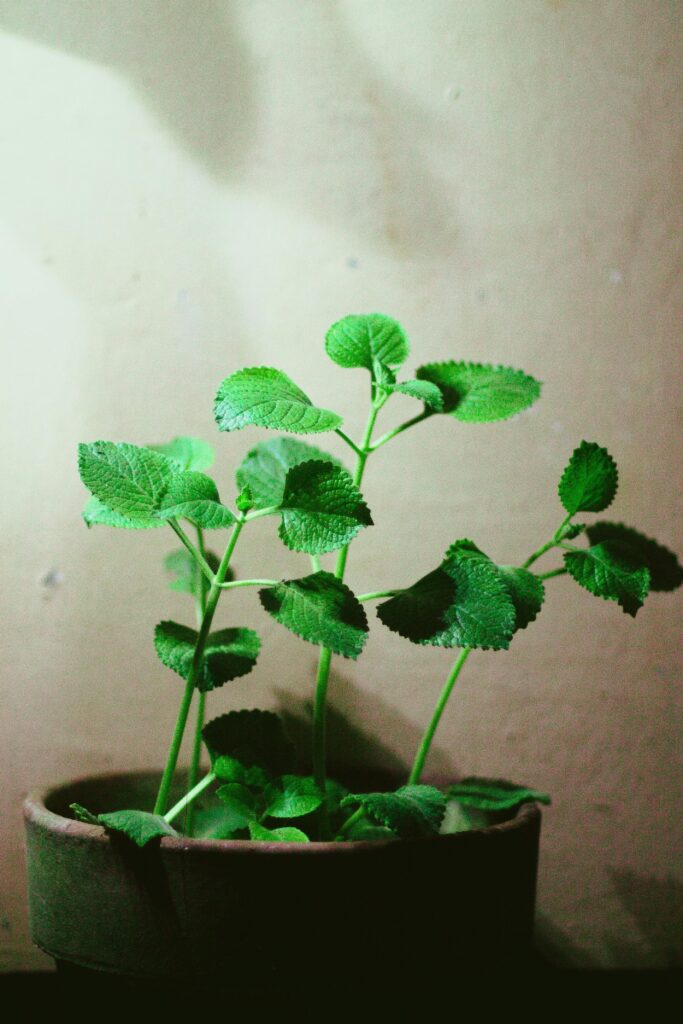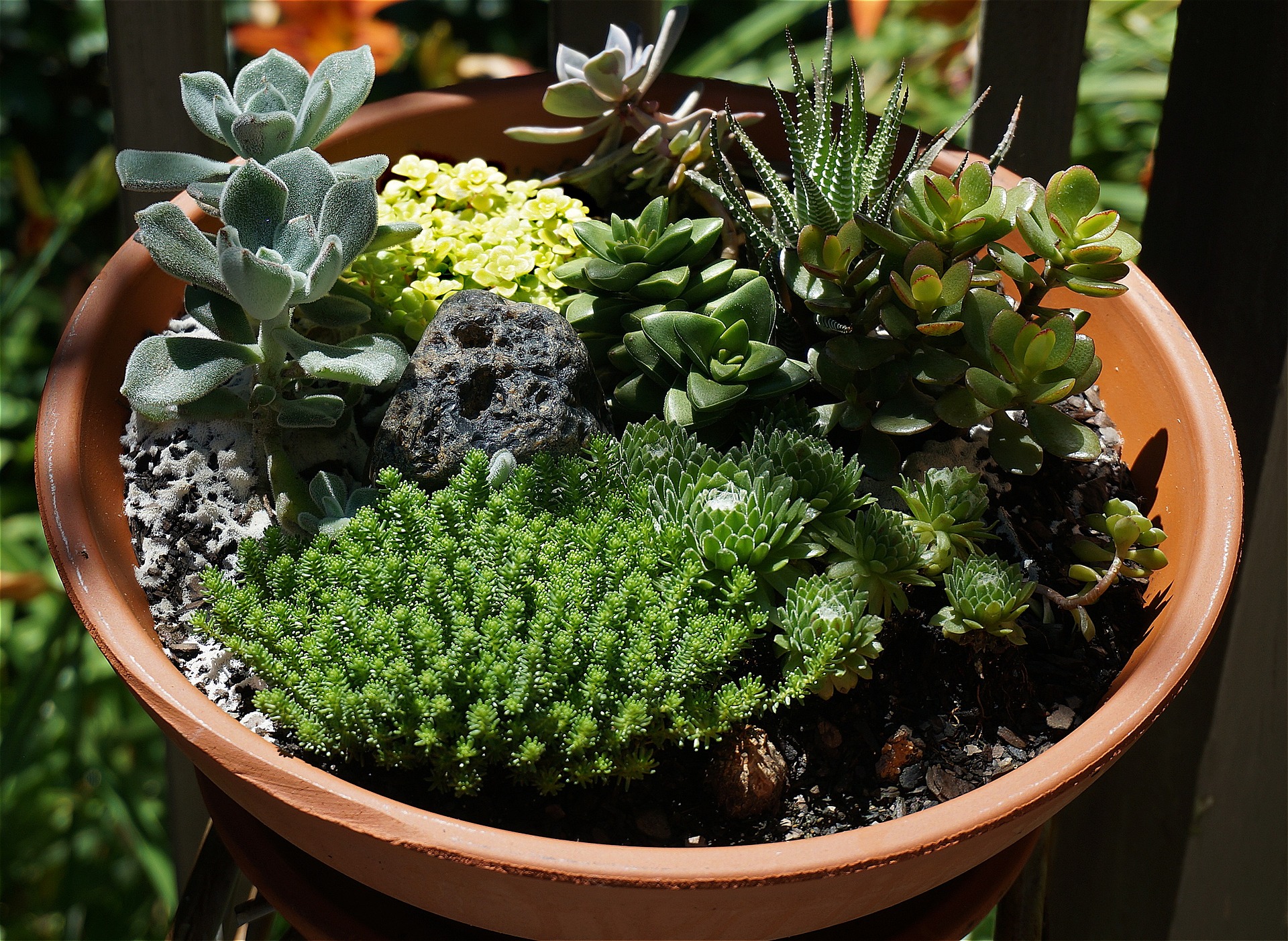Published in the News-Review on December 27, 2024
By: Mackenzi Hall
Winter Gardening Indoors
Question: As the days get colder, I can’t help but miss my garden. With everything outside so dark and dreary, I was wondering if there is a way to bring my garden indoors? I have heard many different options for growing plants throughout the winter; however, I am not sure which plants to begin with or if it is worth the investment to get started.
Answer: As winter settles in, many gardeners may feel a sense of loss, longing for the lush greenery and fresh produce of summer. However, bringing your garden indoors offers a unique opportunity to keep your green thumb active and enjoy the beauty of nature year-round. With a little bit of planning and some creativity, you can create a thriving indoor garden that brings life to your home during the colder months.
Why Garden in the Winter?
It has been proven that gardening is therapeutic; tending to plants can boost your mood and bring you peace even with the winter chill. Additionally, gardening indoors can contribute to improved air quality. Plants naturally filter the air and can help reduce indoor pollutants while increasing humidity levels, which is especially beneficial during dry winter months. Plus, imagine using fresh basil in a pasta dish in January!
Selecting the Right Plants
When considering which plants to grow, it’s essential to choose varieties that thrive in lower light conditions and cooler temperatures. Here are a few options:
Herbs: Many herbs are well-suited to indoor growth and can do quite well during winter. Some of the most popular choices include basil, thyme, mint, and parsley. These herbs require around 6 to 8 hours of direct sunlight, so a south-facing window is ideal. If that’s not possible, consider using grow lights to supplement their light needs.
2. Leafy Greens: Dark greens such as spinach, kale, and arugula can thrive indoors. They are relatively easy to grow and don’t require extensive care. Placing them in a well-lit location can yield fresh salads right from your windowsill. Additionally, the added boost of vitamins these plants bring can help to ward off winter illnesses.
3. Root Vegetables: Certain root vegetables like radishes and beets are perfect for indoor gardening during winter. These plants can be grown in deeper containers and can be sown directly into good-draining potting soil.
4. Succulents: If you prefer to see the greenery, but don’t necessarily care to harvest it, consider succulents or cacti. These hardy plants require less water and can thrive in the drier indoor air that accompanies winter.
5. Microgreens: Microgreens, including mustard greens, broccoli, and pea shoots, are quick to grow and packed with nutrition. They typically mature within a couple of weeks (some in just a few days!) and can be harvested in stages to enjoy them fresh.
To create a successful indoor garden, you’ll want to consider the following:
Light: Adequate lighting is crucial for indoor plants, especially during the shorter days of winter. Your windows may not provide enough natural light, so investing in LED grow lights could make a significant difference. These can easily be found online or at your local garden supply store. Position the lights about six inches above the plants and then adjust it as needed.
Temperature and Humidity: Most indoor plants thrive in temperatures between 65°F and 75°F. You’ll want to avoid placing plants near drafts, heating vents, or cold windows.
Water and Soil: The same rules apply to this section as planting in the spring or summer. Choose pots that provide good drainage because the risk of overwatering is high in winter. You may want to consider investing in self-watering pots to ensure your plants are getting adequate levels of moisture. Then of course use quality potting soil to ensure your plants get the nutrients they need.
Maintenance: Your indoor garden will require ongoing care. Regularly check your plants for pests and diseases, ensuring proper air circulation and cleanliness around your growing area. Monitor for signs of nutrient deficiency, which could be addressed through organic fertilizers or plant food. Regularly trim herbs and greens to encourage new growth and prevent legginess.
Harvesting your fresh produce can bring immense satisfaction and can enhance your cooking, adding flavor and much needed nutrients to your winter meals. Bringing your garden indoors is a wonderful way to stay connected to nature when outdoor gardening is just not realistic. By carefully selecting the right plants, providing essential care, and creating an optimal environment, you can transform your home into an oasis throughout the colder months. Embrace the opportunity and enjoy the countless benefits that come with this fulfilling winter activity.
Do you have a gardening or insect question? Contact the Douglas County Master Gardeners at douglasmg@oregonstate.edu or 541-672-4461 or visit 1134 SE Douglas Ave., Roseburg. Douglas County Master Gardeners are trained volunteers who help the OSU Extension Service serve the people of Douglas County.



